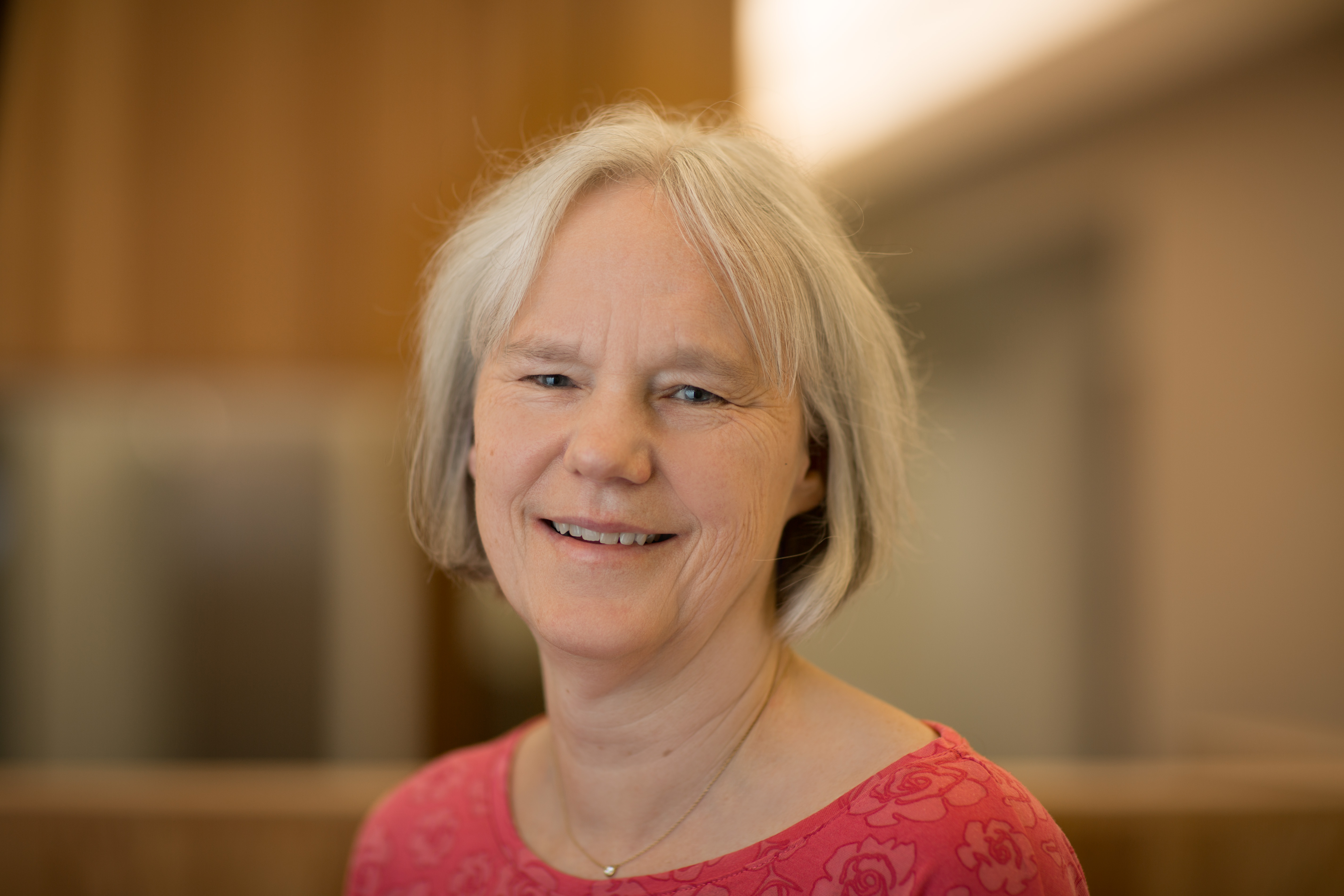Elizabeth Robertson elected to US National Academy of Sciences
Elizabeth Robertson, Professor of Developmental Biology, at the Dunn School of Pathology, has been elected as a member of the US National Academy of Sciences it was announced on 26 April 2021.
Election comes in recognition of Professor Robertson’s distinguished and continuing achievements in original research. She joined the Dunn School of Pathology 15 years ago.
Head of Department, Matthew Freeman said: “This a major honour: the number of foreign scientists they elect to the NAS is small. It’s an elite gang that Liz has joined. It’s a shame we can’t celebrate in person, but here’s to a virtual glass of something with which to toast Liz’s success!”
Approaching half of the new membership of the Academy are women, a development that is welcomed by the Dunn School of Pathology’s Athena Swan Committee.
_______________________________________________________________________
Research overview by Elzabeth Robertson:
Transcriptional regulators of mammalian development
Our research exploits mouse genetics to investigate the key signalling cues and transcriptional regulators governing cell fate decisions in the developing mammalian embryo. In particular, we have been studying the TGF family of secreted growth factors, including the ligand Nodal, and its downstream effector Smad2, responsible for patterning the anterior-posterior or “head-tail” axis of the embryo. Similarly, BMP/Smad1 signals are essential for germ cell specification.
Our recent work has focused on target genes of these pathways that play critical roles in diverse tissue contexts. We are investigating how the T-box transcription factor Eomesodermin functions downstream of Nodal/Smad2 to orchestrate cell fate allocation during gastrulation, and governs trophoblast stem cell maintenance. Additionally, we are studying Blimp1, a PR-SET domain Zn-finger transcriptional repressor, downstream in the BMP/Smad1 pathway. We aim to understand how this master regulator influences the local chromatin landscape at its target genes during trophoblast giant cell differentiation in the developing placenta, and globally regulates post-natal reprogramming of gene expression in the intestinal epithelium.
We use transgenic and embryonic stem (ES) cell technologies to dissect the conserved cis-acting regulatory elements present at the promoter and enhancer regions of these genes that direct their temporally and spatially restricted expression patterns. We have generated novel knock-in mouse strains for in vivo live cell imaging and fate mapping studies. A panel of mutant ES and TS cell lines is available for transcriptional profiling and ChIP experiments.
Our long-term goal is to learn more about the molecular and cellular mechanisms that govern tissue morphogenesis in an orderly fashion as cells diversity and acquire specialized functions within the embryo.
